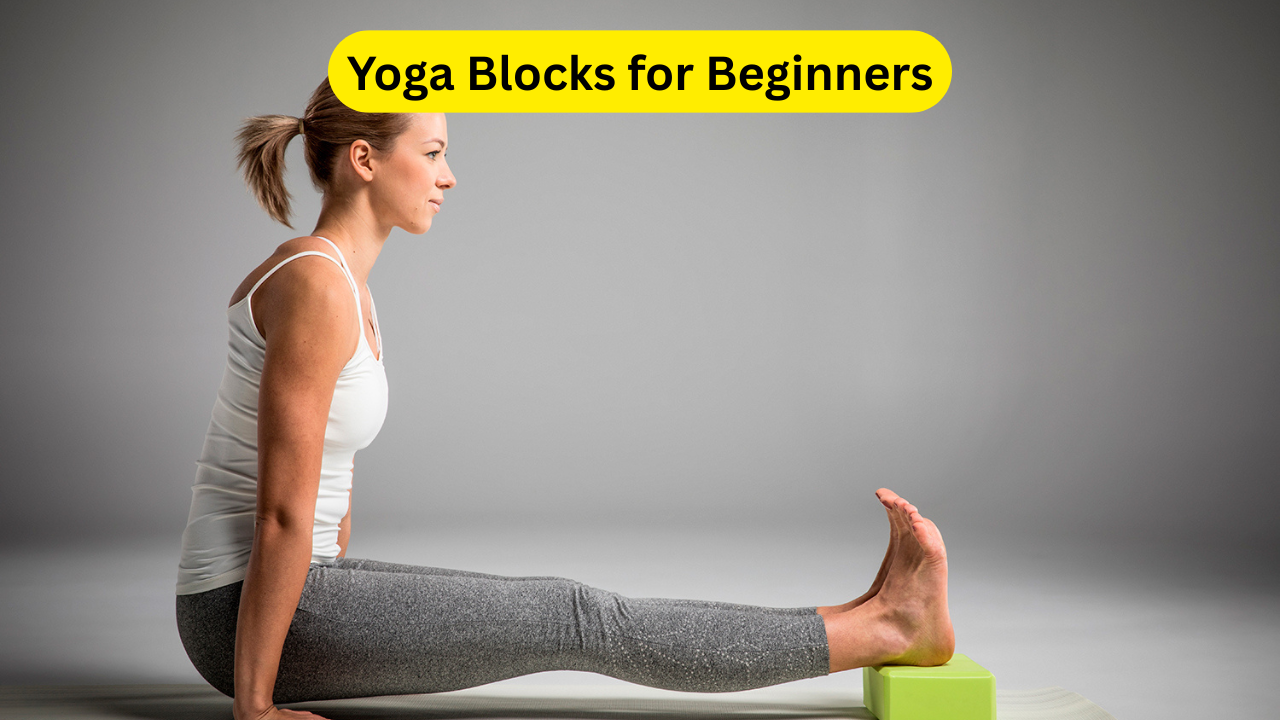Are You Doing Too Much Yoga?: Yoga is often seen as a gentle practice that promotes physical and mental well-being. It has been widely embraced as a way to relieve stress, enhance flexibility, and improve overall health. However, like any form of exercise or activity, it is possible to overdo it. While yoga offers numerous benefits, there are instances when pushing yourself too hard or practicing too frequently can lead to adverse effects. Just like with any exercise regimen, balance is key to ensuring that your practice is effective and safe.
Overdoing yoga can manifest in various ways, from physical injuries to mental fatigue. With the rise of intense yoga styles such as power yoga, vinyasa flow, and hot yoga, some practitioners may find themselves engaging in a more demanding routine than they can handle. This can lead to exhaustion, injuries, or even burnout. As yoga becomes a more prominent part of modern wellness, it’s important to understand how to listen to your body, recognize the signs of overtraining, and implement practices that support your long-term health and well-being.
In this article, we’ll explore how you can tell if you’re doing too much yoga, the risks associated with overtraining, and expert recommendations on how to maintain a healthy practice. Whether you’re a seasoned yogi or a beginner, understanding how to strike the right balance can help you enjoy the physical, mental, and emotional benefits of yoga without pushing your body beyond its limits.
How to Recognize If You’re Overdoing Yoga
Yoga can become problematic if you practice it too often or push your body too hard. While yoga is a gentle practice, the physical demands of advanced styles or excessive practice can lead to serious consequences. Here are some signs that you might be overdoing it:
1. Yoga Is Interfering with Your Life
Yoga should be a tool for enhancing your well-being, not something that interferes with your daily life. If your yoga practice is taking up so much of your time and energy that it’s affecting your work, relationships, or sleep, it’s time to reassess. As noted by Dr. Baxter Bell, a yoga therapist and physician, if yoga starts to impact essential areas of life such as social connections or personal obligations, it may be a sign you’re overdoing it.
2. Skipping Rest Days
Another clear sign that you’re overdoing yoga is when you find yourself practicing intensely without giving your body adequate rest. Your muscles and joints need time to recover, and skipping rest days can result in fatigue and an increased risk of injury. Just as your body benefits from a workout regimen that includes rest, so too does your yoga practice require days of recovery.
3. Participating in Classes Too Advanced or Intense
If you find yourself regularly attending yoga classes that are too advanced or physically demanding for your current level, you might be pushing your body too far. Classes such as power vinyasa or hot yoga can be very intense, and attending them without proper preparation can lead to burnout or injury. Beginners and those with physical limitations should opt for less strenuous classes to avoid strain.
The Risks of Doing Too Much Yoga
While yoga is generally a low-impact exercise, overdoing it can lead to serious injuries, particularly when it involves overly intense or frequent sessions. Here are some of the risks associated with pushing your yoga practice too far:
1. Physical Injuries
As with any form of exercise, excessive yoga can lead to injuries. Overextending muscles, straining joints, or performing advanced poses without proper form can result in sprains, strains, or even tears. Common injuries in yoga include neck, back, shoulder, and knee issues. For example, fast-paced vinyasa flow practices or inversions like headstands can lead to neck injuries if not done properly.
2. Burnout
Yoga is designed to help reduce stress, but overdoing it can actually lead to mental and physical exhaustion. Practicing too intensely without allowing the body to recuperate can cause burnout, making you feel fatigued, unmotivated, or disconnected from the practice itself. This can affect not only your physical health but also your mental clarity and emotional well-being.
3. Dehydration or Heat-Related Illness
For those practicing hot yoga, there’s a risk of dehydration or heat exhaustion due to the high temperatures in the room. Excessive sweating, coupled with intense physical exertion, can lead to electrolyte imbalances, dizziness, or nausea. It’s essential to stay hydrated and listen to your body’s signals during such practices.
Click Here: The Benefits of Yoga for Paranoid Schizophrenia: A Holistic Approach to Mental Health 2025
Signs You Might Be Pushing Yourself Too Hard
When practicing yoga, it’s crucial to pay attention to your body’s signals. Here are some red flags that you may be pushing yourself too hard:
1. Labored Breathing
Yoga is fundamentally about breathing in conjunction with movement. If you find yourself gasping for air or unable to focus on your breath during a session, this is a sign that you’re pushing too hard. The breath should remain steady and calm even during physically demanding postures. If you’re struggling to breathe, you may be attempting poses that are too advanced or practicing at an intensity that’s unsustainable.
2. Pain and Soreness
Mild soreness after a yoga session is normal, especially if you’re trying new poses or increasing the intensity. However, persistent pain or soreness that doesn’t subside within a few days indicates you might have overdone it. Pain, especially in the joints or ligaments, should not be ignored, as it could be a sign of injury.
3. Physical and Mental Exhaustion
Feeling exhausted or mentally drained after a yoga session can be an indicator that your practice is too intense. You should leave each yoga session feeling rejuvenated, not depleted. Overtraining can lead to fatigue and diminish the overall benefits of yoga.
Expert Tips for a Healthy Yoga Practice

To avoid the risks associated with overdoing yoga, here are some expert-recommended strategies for maintaining a balanced practice:
1. Start Slow and Build Gradually
If you’re new to yoga or trying a more intense style, begin with shorter sessions and less challenging poses. Start with a beginner class to build your foundation and gradually progress as your strength and flexibility improve.
2. Listen to Your Body
Always pay attention to how your body feels during and after yoga practice. If you feel pain, dizziness, or extreme fatigue, it’s important to stop and rest. Practicing mindfulness and being in tune with your body’s signals will help you avoid injury and overexertion.
3. Rest Between Sessions
Rest is just as important as practice. If you’re practicing intense forms of yoga, take at least one rest day between sessions to allow your body to recover. This can help prevent burnout and muscle fatigue.
4. Vary Your Yoga Routine
Mix up your yoga practice by incorporating different styles, such as restorative, yin, or hatha yoga, which are less physically demanding. This will give your muscles time to recover and help keep your practice enjoyable and sustainable.
5. Consult a Yoga Therapist
For personalized guidance, consider working with a certified yoga therapist. They can help you tailor your practice to your specific needs and ensure that you’re progressing safely.
Also Read: Tata Nexon: A Bold, Powerful, Efficient, and Safe Compact SUV for Every Adventure
Are You Doing Too Much Yoga? Conclusion
While yoga is an excellent tool for maintaining physical and mental health, it’s important to remember that balance is essential. Overdoing yoga can lead to injury, burnout, and mental fatigue, negating the very benefits that make yoga so appealing. By listening to your body, practicing moderation, and varying your routine, you can ensure that your practice remains safe, sustainable, and rewarding.
Taking rest days, seeking guidance from experienced instructors, and choosing the right classes for your level of fitness can help you enjoy yoga without pushing your body beyond its limits. Whether you’re looking to relieve stress, improve flexibility, or increase strength, finding a balanced approach to yoga will ensure that you stay healthy, happy, and injury-free.
Are You Doing Too Much Yoga? FAQs
1. What are the signs that I’m overdoing yoga?
Signs that you may be overdoing yoga include persistent pain or soreness that lasts for days, extreme fatigue, labored breathing during poses, and mental exhaustion. If yoga starts interfering with your social life or other activities, it’s another sign you might be practicing too much.
2. Can doing too much yoga cause injury?
Yes, overdoing yoga can cause injuries, especially if you’re practicing advanced poses without proper form or pushing your body too hard. Common injuries include strains, sprains, and joint issues, particularly in the neck, lower back, and knees.
3. How can I prevent overdoing yoga?
To prevent overdoing yoga, listen to your body and avoid pushing through pain or fatigue. Vary your routine to include gentler styles, take rest days, and start with beginner classes if you’re new to yoga. Working with a certified yoga therapist can also help you tailor your practice to your needs.
4. Is hot yoga riskier than other types of yoga?
Hot yoga, due to the high temperatures in the room, can lead to dehydration, dizziness, and increased strain on the body. It’s important to stay hydrated and avoid pushing yourself too hard in a hot yoga class to prevent heat-related issues.
5. How often should I practice yoga?
The frequency of your yoga practice depends on your fitness level and goals. If you’re a beginner, practicing yoga 2-3 times a week is a good start. More advanced practitioners may practice daily but should balance intense sessions with rest days to prevent overtraining.







